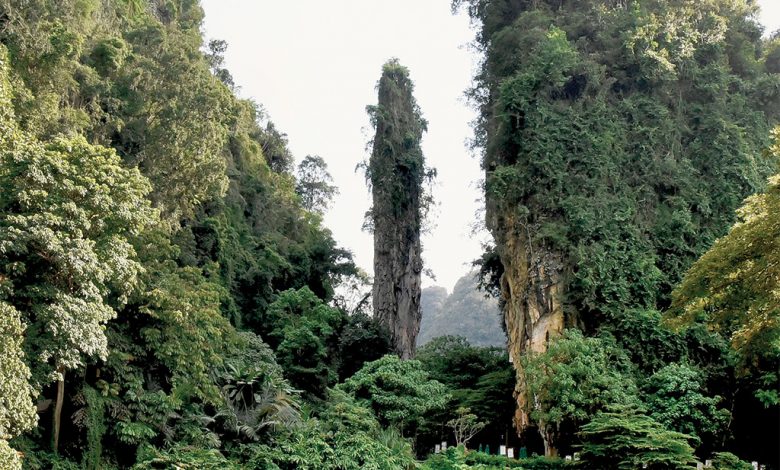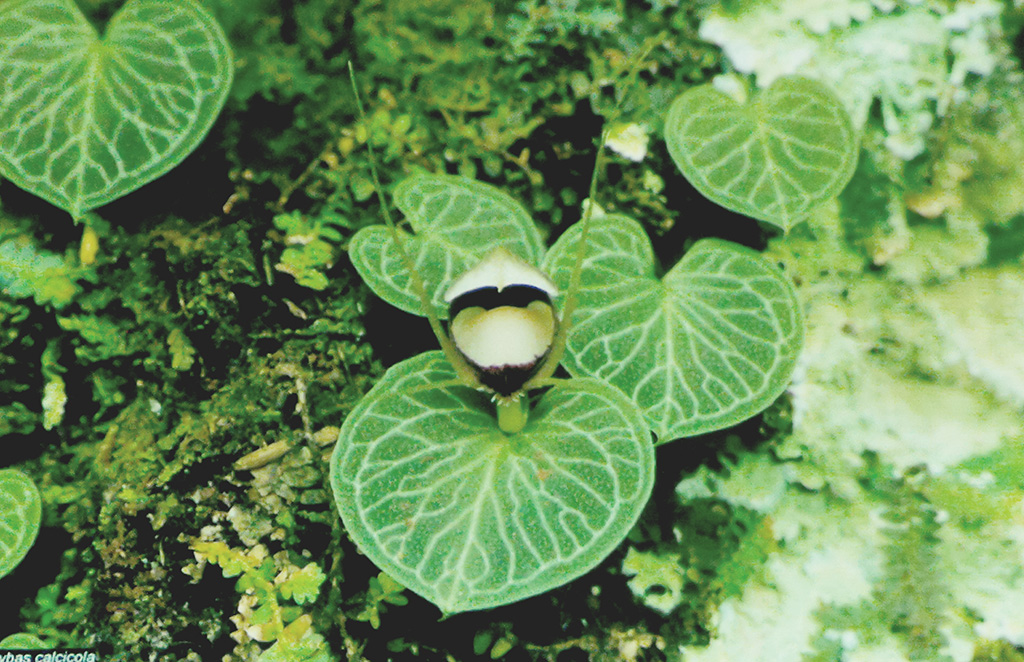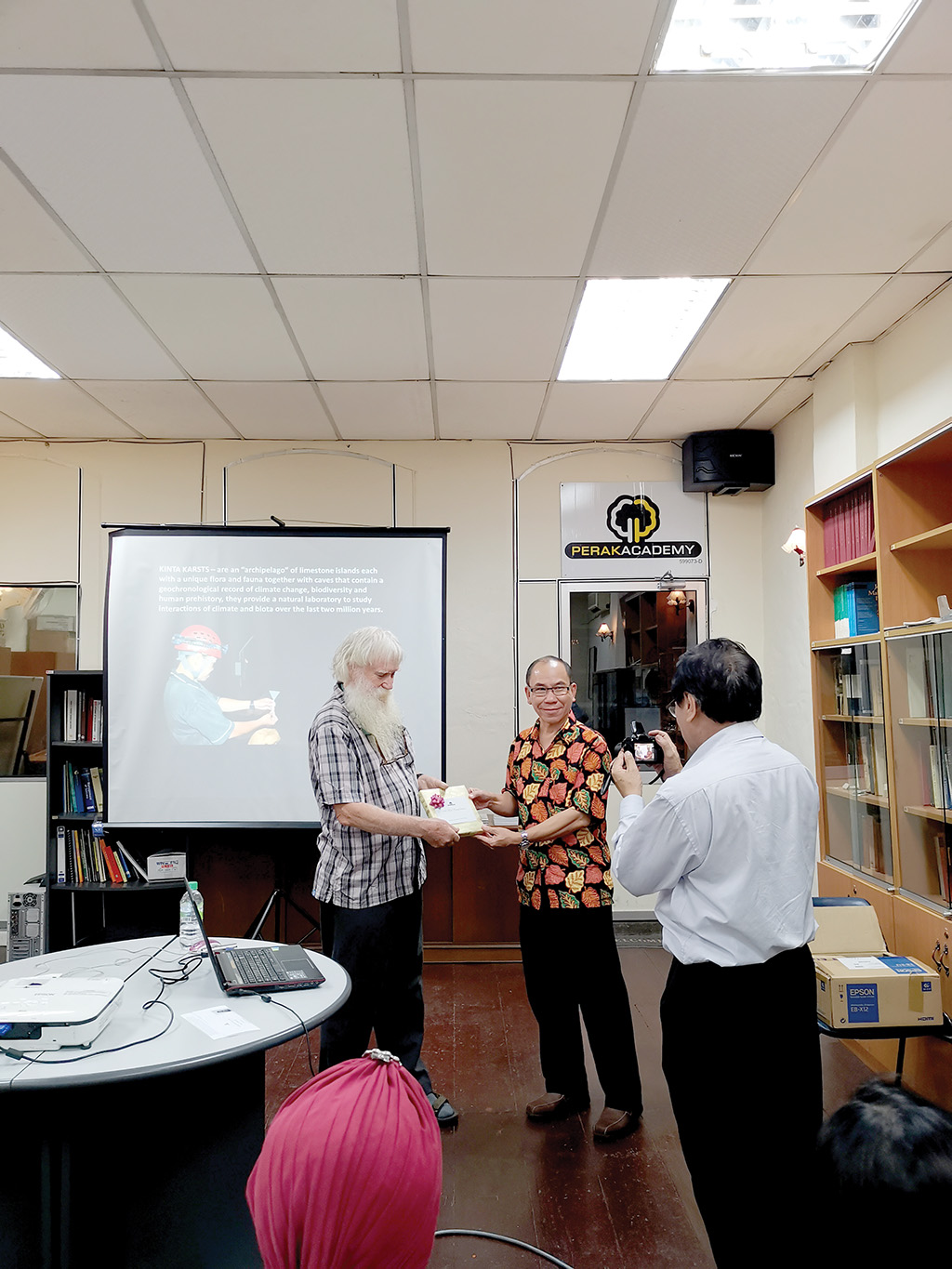Kinta Karsts – Perak’s Time Capsules


By Chris Teh
What are karsts? According to retired geochemistry professor W.K. Fletcher in his recent talk about Malaysian Galapagos held at the Perak Academy office, karsts are an archipelago of limestone islands that host unique species of flora and fauna.
Karsts also have caves containing geochronological records of climate change, biodiversity and human prehistory, providing a natural laboratory to study interactions between the three over the last two million years.


“Caves are literally time capsules; they contain human habitation, artefacts, animal remains, stalactites and many more historical records,” Fletcher said. “All of them can be dated using metals such as uranium and thorium, charcoal or sediments of optically stimulated luminescence.”
There are two types of karsts namely, juvenile karsts and extreme karsts.
“Juvenile karsts have developed into caves and subterranean passages through the limestone, but their features are yet to be strongly formed. Extreme karsts, sometimes incorrectly referred to as tropical karsts, on which Malaysia is based, have steep-sided limestone hills and towers, isolated from each other by lowlands.”


Focusing on Kinta karsts, he explained, “Kinta limestone could be aged anywhere from around 450 million to 260 million years ago. Different limestone hills may have different ages and fossils to be determined.
“Sometimes, we see in newspapers or tourism posters that Gua Tempurung is 300 million years old. That is only correct for the rock deposits that make up the cave,” Fletcher noted. “The landscape in turn, is quite recent. A deep valley that separates Gua Tempurung from other hills in the area only developed 4.5 million to 2 million years ago.”
He also listed some species of plants on the brink of extinction, such as the kanthanensis, endemic to Gunung Kanthan in Chemor, Perak and paraboea vulpina in the peninsula.
“It’s important to preserve the vast limestone hills around not only Kinta but anywhere else in the country as they are home to many flora and fauna found exclusively near or at the karsts,” Fletcher expressed his concern.
“You can’t find them in other parts of the world. My hope is that the hills here (in Kinta Valley) are preserved and Malaysian scientists are encouraged to focus their attention on the links between climate change and biodiversity,” he said, citing Kinta limestone islands can now advance the understanding of these two elements.


